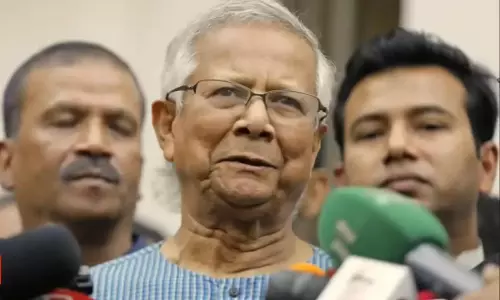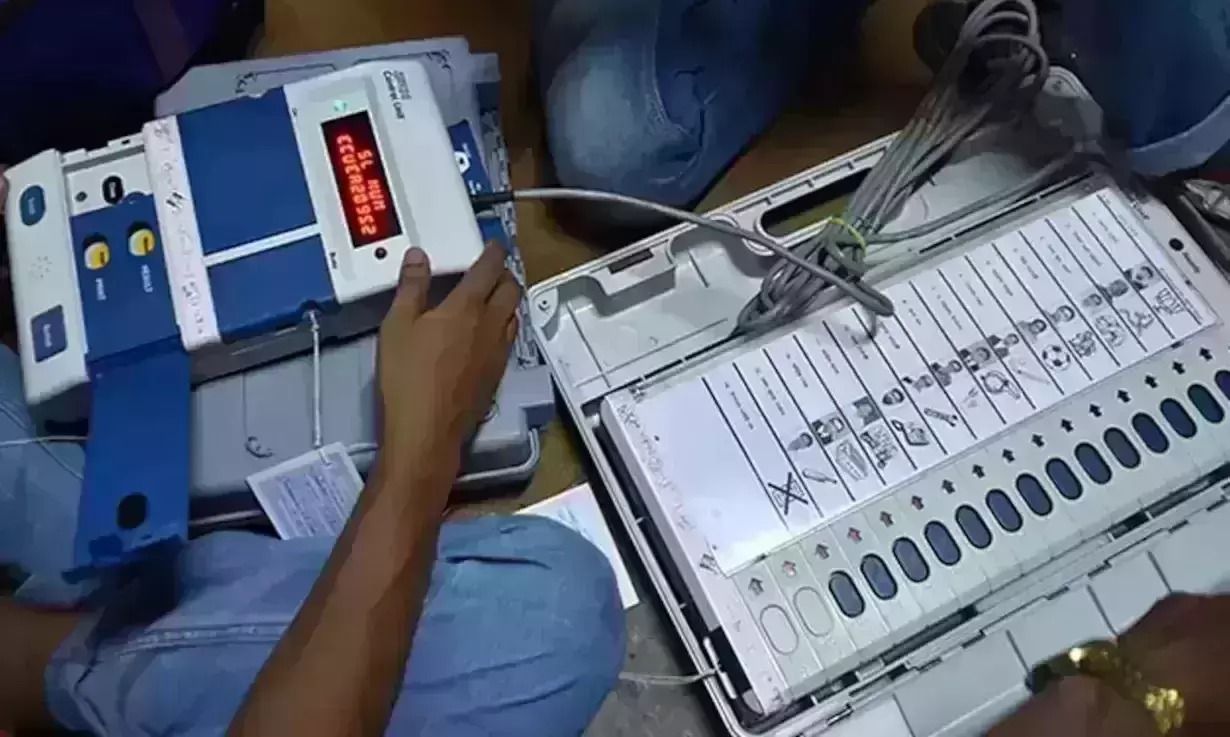
How did more votes appear in the EVMs after polling ended?
text_fieldsThe controversy surrounding the effective use of electronic voting machines (EVMs) has persisted for a long time due to their reported vulnerability to tampering, and the recent Lok Sabha elections were no exception.
The 2024 Lok Sabha election results have ignited controversy due to discrepancies between the number of Electronic Voting Machine (EVM) votes polled and counted in almost all parliamentary constituencies (PCs), according to a report published in The Wire.
This issue echoes similar concerns raised during the 2019 elections, which were first reported by The Quint and later brought to the attention of Supreme Court by the Association for Democratic Reform (ADR). Despite the Election Commission's (EC) dismissal of these claims, citing misunderstandings related to data from their app, the 2024 election data suggests persistent and widespread inconsistencies.
A detailed analysis of the EC data from 543 PCs reveals that only a few, such as Daman & Diu, Lakshadweep, and Attingal in Kerala, showed a match between EVM votes polled and counted.
In over 140 PCs, the number of EVM votes counted exceeded the votes polled, with discrepancies ranging from two to 3,811 votes. Conversely, some PCs had fewer votes counted than polled, with the most significant shortfall being 16,791 votes.
The issue of surplus votes is particularly alarming. Notable instances include:
- Mumbai North West, Maharashtra: 951,580 EVM votes were polled, but 951,582 were counted, a surplus of two votes. Here, Shiv Sena's Ravindra Dattaram Waikar won by just 48 votes.
- Jaipur Rural, Rajasthan: 1,238,818 votes were polled, but only 1,237,966 were counted, resulting in 852 fewer votes. BJP's Rao Rajendra Singh secured a win with a margin of 1,615 votes.
- Kanker, Chhattisgarh: 1,261,103 votes were polled, yet only 1,260,153 were counted, a deficit of 950 votes. BJP's Bhrojraj Nag won with a margin of 1,884 votes.
- Farrukhabad, Uttar Pradesh: 1,032,244 votes were polled, but 1,031,784 were counted, showing 460 votes short. BJP's Mukesh Rajput won by 2,678 votes.
These discrepancies, although not directly affecting the outcomes in terms of victory margins, raise serious concerns about the election process's integrity. The EC's explanation for fewer votes counted hinges on procedural errors, such as the failure to clear mock poll data or discrepancies in Form 17-C records. However, this does not address the issue of surplus votes.
The EC's handling of the election process has faced criticism, particularly regarding its reluctance to release the absolute number of votes polled in the first five phases of the election. After substantial pushback from political parties and civil society, the EC released this data on May 25, asserting that any alteration in the number of votes polled is impossible.
Uttar Pradesh's chief electoral officer cited two categories where votes might not be counted: polling stations where the presiding officer failed to clear mock poll data or where discrepancies between the control unit and Form 17-C records occurred.
These votes are only counted if their total equals or exceeds the margin between the top two candidates; otherwise, they are omitted. This protocol is intended to maintain accuracy, but it has not quelled concerns about the transparency and reliability of the process.
The EC has not provided detailed clarifications for the surplus votes counted in over 150 PCs, leaving several critical questions unanswered. How did more votes appear in the EVMs after polling ended? Why is the EC not issuing PC-wise clarifications? How did they determine that discrepancies were due to the non-deletion of mock poll data? Are they acknowledging discrepancies between Forms 17C and control unit records?
The issue is further complicated by the EC's average of 700-800 votes per EVM, yet some PCs show discrepancies as low as 20-30 votes. In cases of slim winning margins, why weren't all EVM votes and VVPAT slips counted to ensure accuracy?
Calls for recounts in constituencies with narrow victory margins are growing, with many advocating for a 100% count of all votes. The integrity of the election process is at stake, and the EC's credibility has been questioned. Transparency and detailed explanations from the EC are crucial to restoring public trust in the electoral process. Despite multiple inquiries and public demand for clarity, the EC has yet to provide a comprehensive response.























